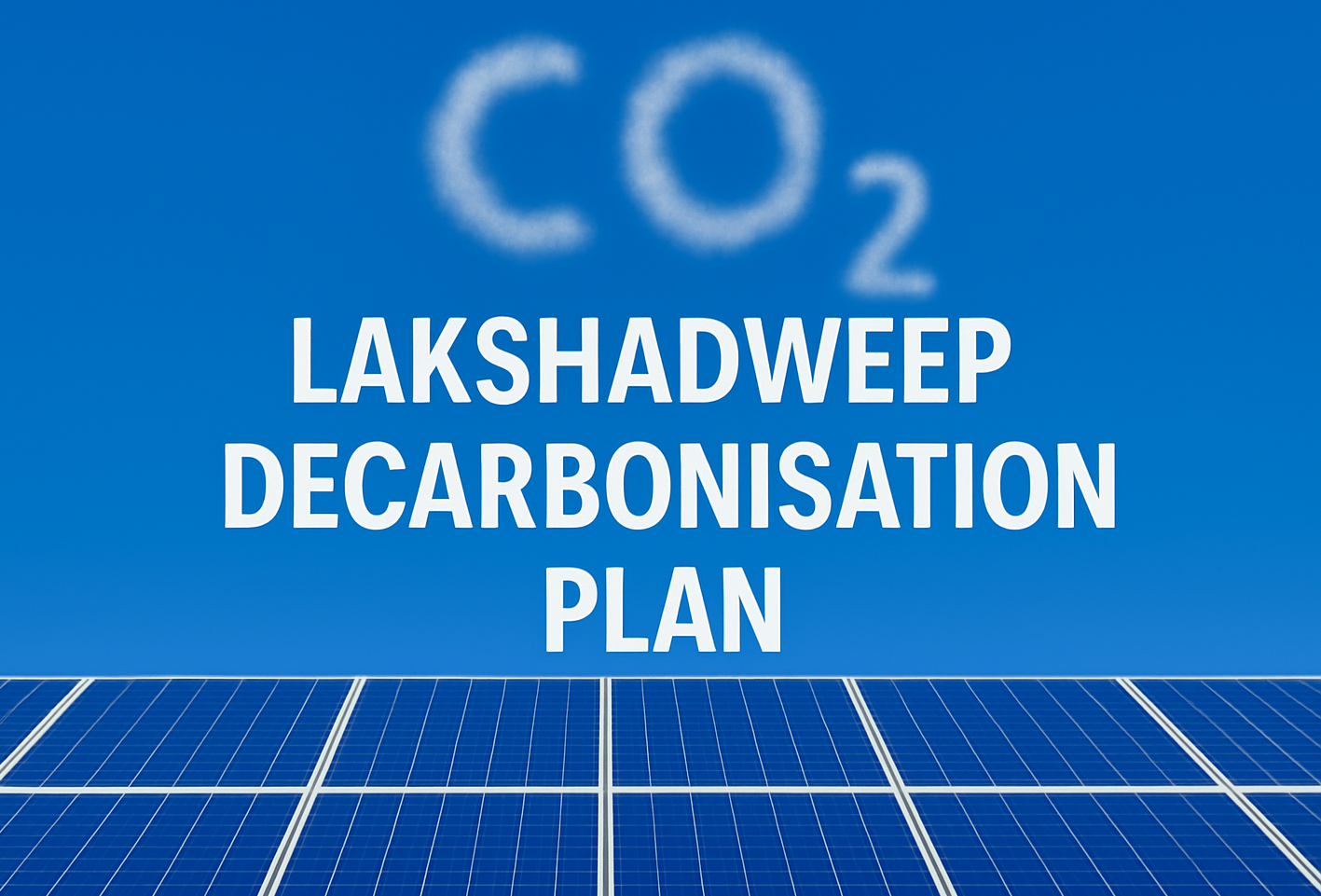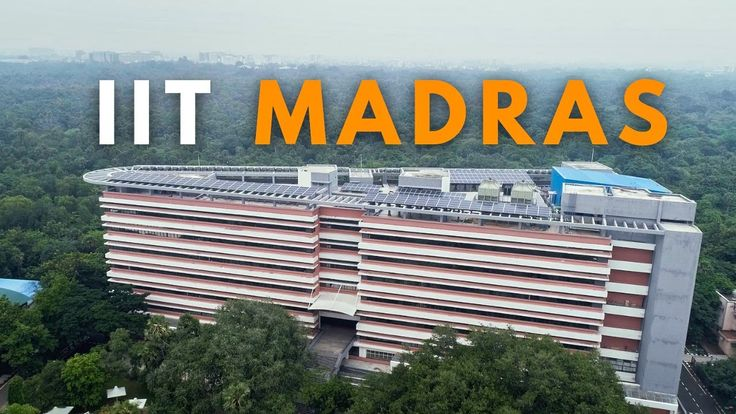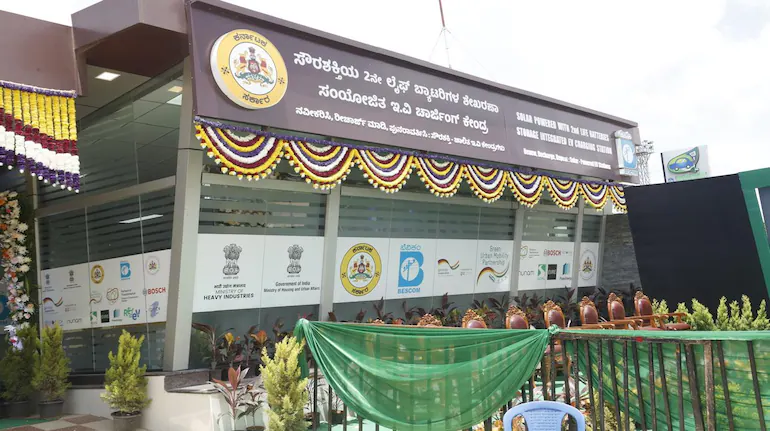Lakshadweep charts a greener course: Unbundling decarbonization
Kavaratti, Lakshadweep is set to transition to sustainability; while previously billed a diesel island, it has been brought to the forefront of decarbonization plans in India with a nature-conscious ambition for 100% renewables.
Island Nation, Island Vision
The Lakshadweep administration has rolled out a multifaceted renewable energy plan in combination with or partnered with the Central Electricity Authority (CEA) and Solar Energy Corporation of India (SECI). The plan involves large-scale solar power rollout, battery energy storage system (BESS) deployment, and inter-island grid connection.
"Lakshadweep’s isolation is not a barrier - it’s an opportunity to create a self-reliant, green energy model."
Significant Gains: From Diesel to Solar
The flagship projects are as follows:
- A solar + battery system on Kavaratti Island of 1.7 MWp solar + 1.4 MWh battery system; the first grid-tied solar-battery microgrid in the UT.
- A 0.3 MW solar plant on Agatti Island and also updates to the remaining 10 inhabited islands.
The projects will:
- Save ₹2.5 billion in diesel costs over their lifetime.
- Avoid 15-19 million litres of diesel being burned.
- Avoid and/or sequester over 58,000 tonnes of CO₂ emissions.
New in Battery Energy Storage
In partnership with Honeywell and SunSource Energy, SECI commissioned a new BESS microgrid in Kavaratti in 2024, which included:
- Battery monitoring in real-time.
- Voltage control and peak shaving.
- Black-start operation for emergencies.
Solar Rooftops for Your Home
In Lakshadweep, around 600 houses have installed rooftop solar panels under the PM Surya Ghar Yojana plan, with substantial subsidies from the central government of up to 45,000 rupees per kilowatt.
A tender for 2.1 MW of hybrid rooftop solar on government-owned buildings has also gone out to tender on all islands of the group, such as Minicoy, Kalpeni, Andrott.
The Bigger Picture: Energy Freedom
Long term, the CEA roadmap also envisages:
- Establishing grid inter-connections between islands
- Researching/experimenting with connecting to the mainland grid
- Phasing out diesel gensets
With the NITI Aayog's National Decarbonisation Goals particularly focusing on meeting the challenges of remote locations.
A case for island states
With constrained land space, delicate ecosystems, and high transportability costs, Lakshadweep's success could serve as a case for clean energy transitions across the globe for small island states.
What's next?
Lakshadweep's clean energy journey isn't over. Plans for solar-powered desalination units, transitions to electrification of ferries with solar-charged batteries, and potentially floating solar plants in lagoon zones are all on the horizon.
In India's quest for a net-zero goal by 2070, Lakshadweep shows that the way to clean energy is not only possible, it is underway.



